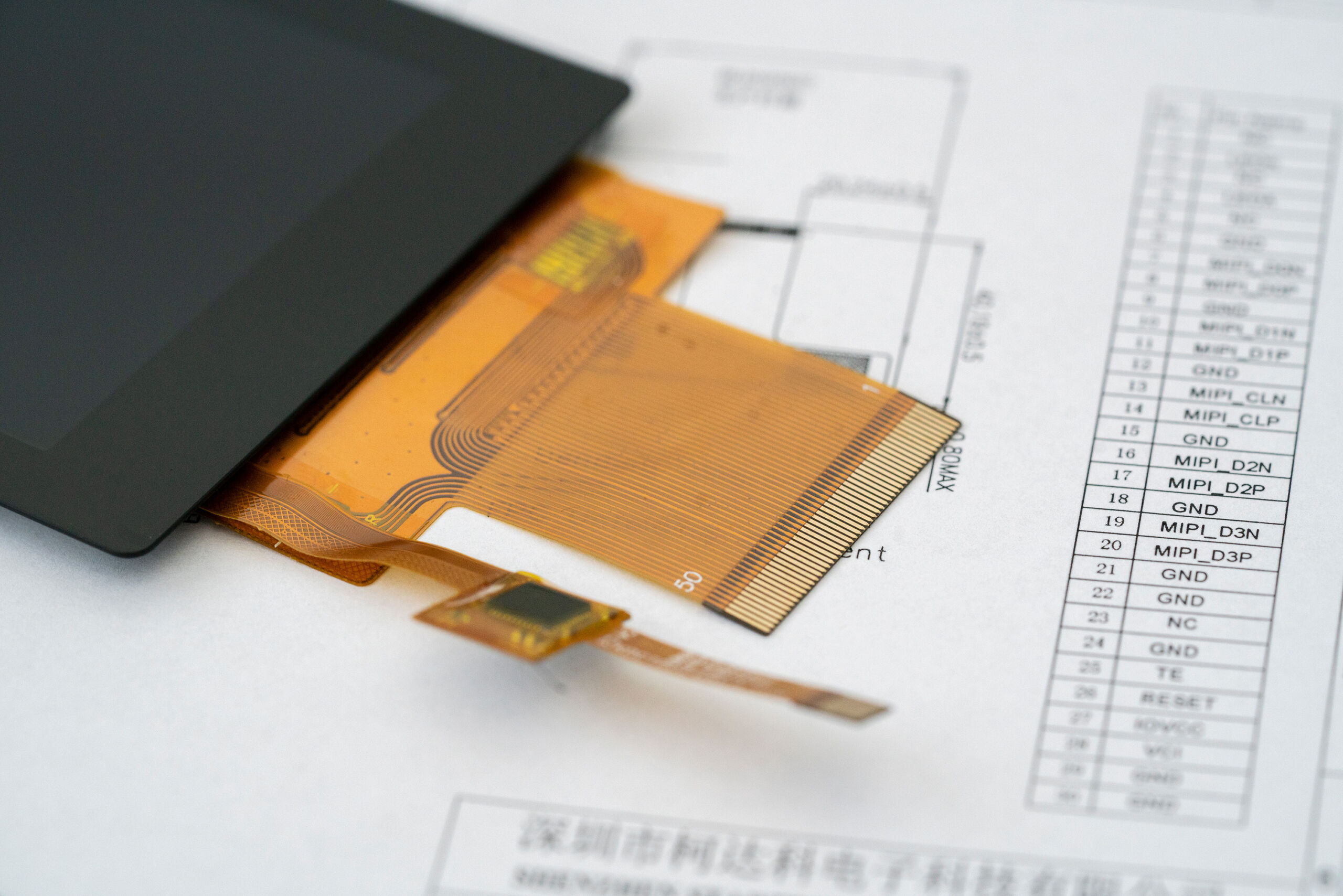An interface is the connection between the display and the control unit. The RGB and LVDS interfaces are used particularly often.
A basic distinction is made between serial and parallel interfaces. The most commonly used are SPI, I2C, MCU, RGB, LVDS and MIPI-DSI. However, the SPI, I2C and MCU interfaces are mostly used for settings in the LCD controller and not for the playback of image content (except for character LCDs or small graphic displays with dimensions up to 320 x 240 mm).
The RGB interface is usually found as an 18- or 24-bit interface. This specification stands for the colour information. For example, with an 18-bit interface, each colour has 6 bits available. This means that 262,000 different colours can be represented and significantly larger amounts of data can be made available in a short time. The disadvantage is the large number of lines and the associated susceptibility to interference. The RGB interface is widely used, especially for small and medium-sized displays.
LVDS (Low Voltage Differential Signaling) is currently the most widespread interface standard for displays. The data is transmitted with differential signals, which provides a certain immunity to interference and keeps power consumption low. If the resolution requires a higher bandwidth (from approx. 1.5 million pixels), the LVDS interface can easily be extended to 2 or 4 lanes.
Let’s talk about what requirements your display needs to meet. Our display experts will select the appropriate interface and develop a solution that meets your expectations.


